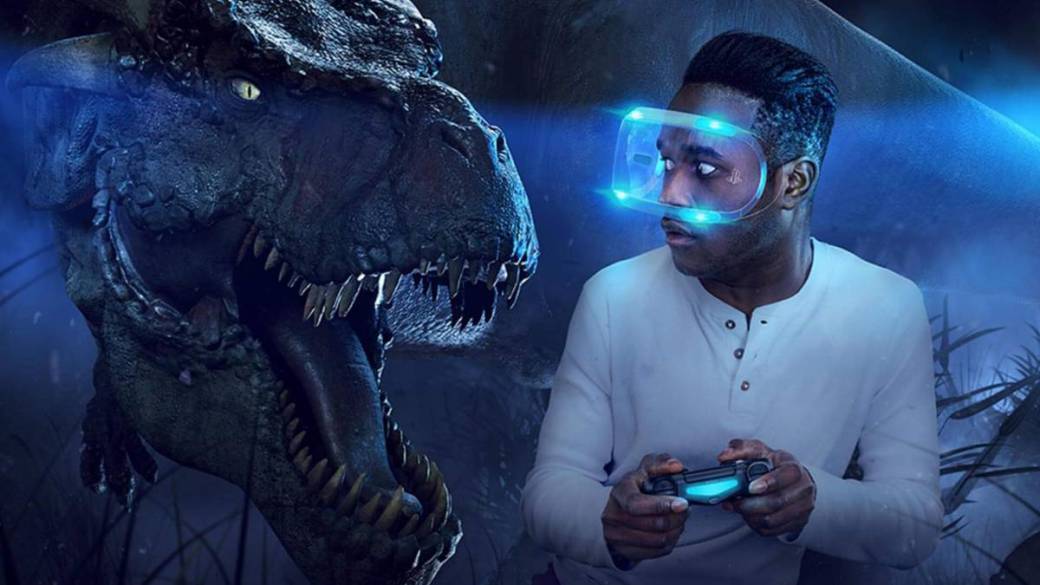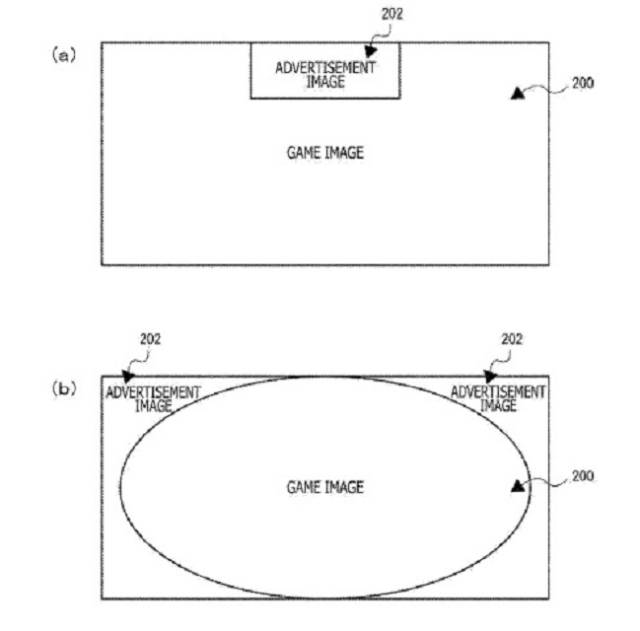
Advertising would be on the fringes of our peripheral vision. I would also study our behavior and focus of attention
Sony Interactive Entertainment has registered with the US patent office an application to insert advertising on virtual reality devices. Signed by Masashi Nakata, Yasushi Okumura and Yurika Mulase under the SIE seal in Tokyo, the patent application specifies a method for adapting what would be the equivalent of a browser pop-up ad to the virtual reality format.
Advertising in virtual reality?
If we normally see a small rectangular screen up or down on a two-dimensional surface, the solution that the researchers of the company propose is to insert the advertising in the margins of our peripheral vision, the “dark” part that we see around the image when we put on a virtual reality goggle. That advertisement would be sensitive to the direction we are looking, so if we were to look at the edges, we would see the indicated advertisement more clearly. The application does not necessarily have to be focused on a game, it can be for other types of visualizations, such as a movie or a virtual concert.

In fact, on the 19 pages of the entry there are some special applications. For example, if we are viewing a virtual concert by several artists and we focus our attention on one of them, that will be registered and our advertising will change depending on it -as if it were a cookie on the web, but which registers the address of our gaze. Given that there is a strong commitment to turning virtual reality into an environment from which to watch movies, visit specialized sites, be spectators of shows and other similar applications, the idea of monetizing all of this with methods such as pop-up advertising is on the table.
It should be noted that this does not mean that ads will appear in your PSVR games soon, or never, simply a research is registered that may or may not be developed, many patents remain on ideas that have been investigated but never get implemented. , so it is better not to throw your hands to the head at the first change.

